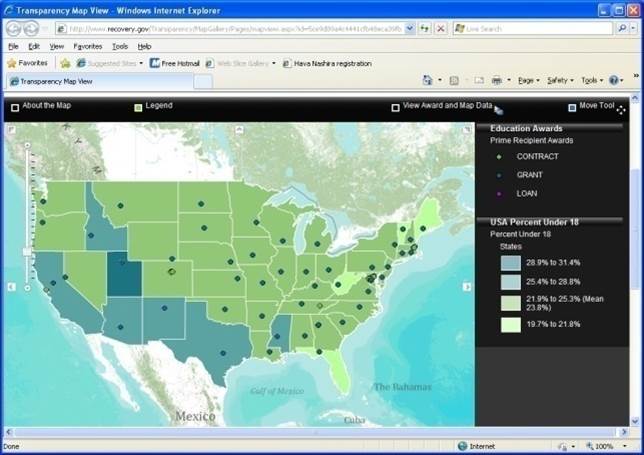There are people who preach that Agile UX should be conducted this way or that, and they all have valid methods and legitimate approaches to creating usable designs in an Agile environment…
Introduction – August 2013
With this issue, we start the eighth year of JUS. We thought it was time to look back over the first seven years to see if we are meeting the objectives that UXPA established for the journal. We examined the 77 papers that were published between November 2005 and February 2012. We looked at where the authors come from in terms of their geographical location and who employs them; the topics covered and the methods used, and how often the articles were cited in the literature. The analysis shows that the journal has met its primary goals but could have a broader impact with more papers focused on requirements gathering and design rather than its heavy emphasis on usability evaluation. …

